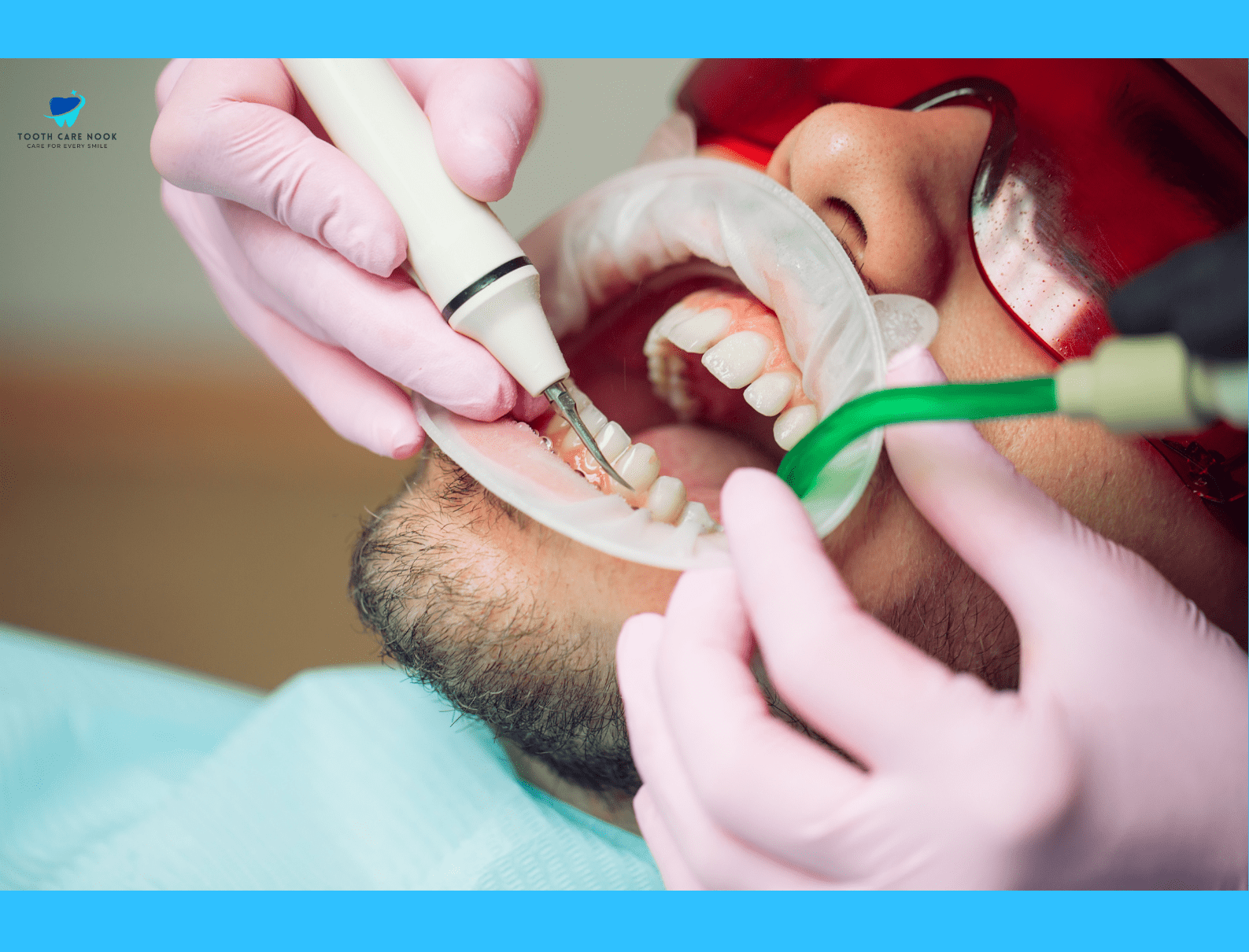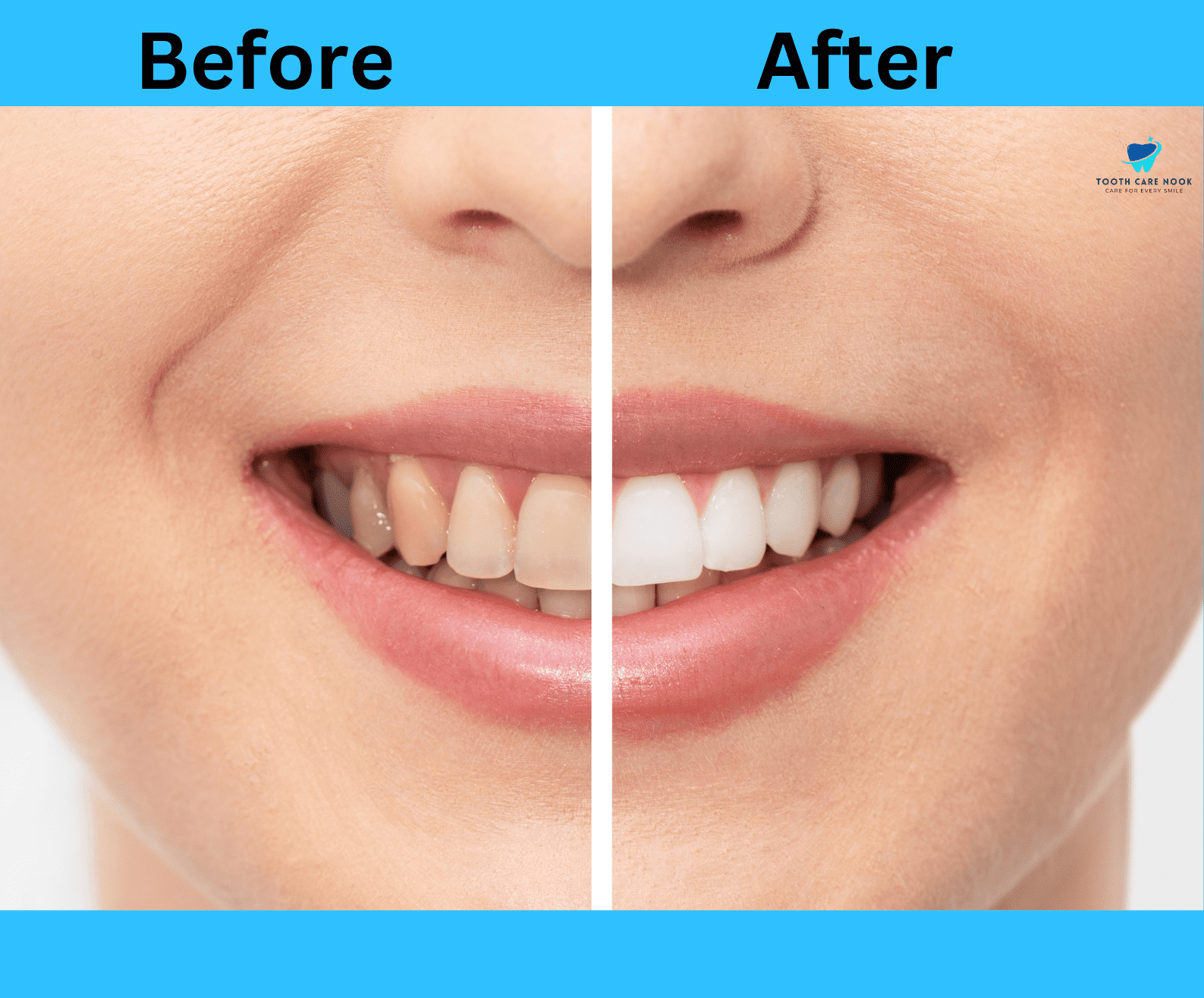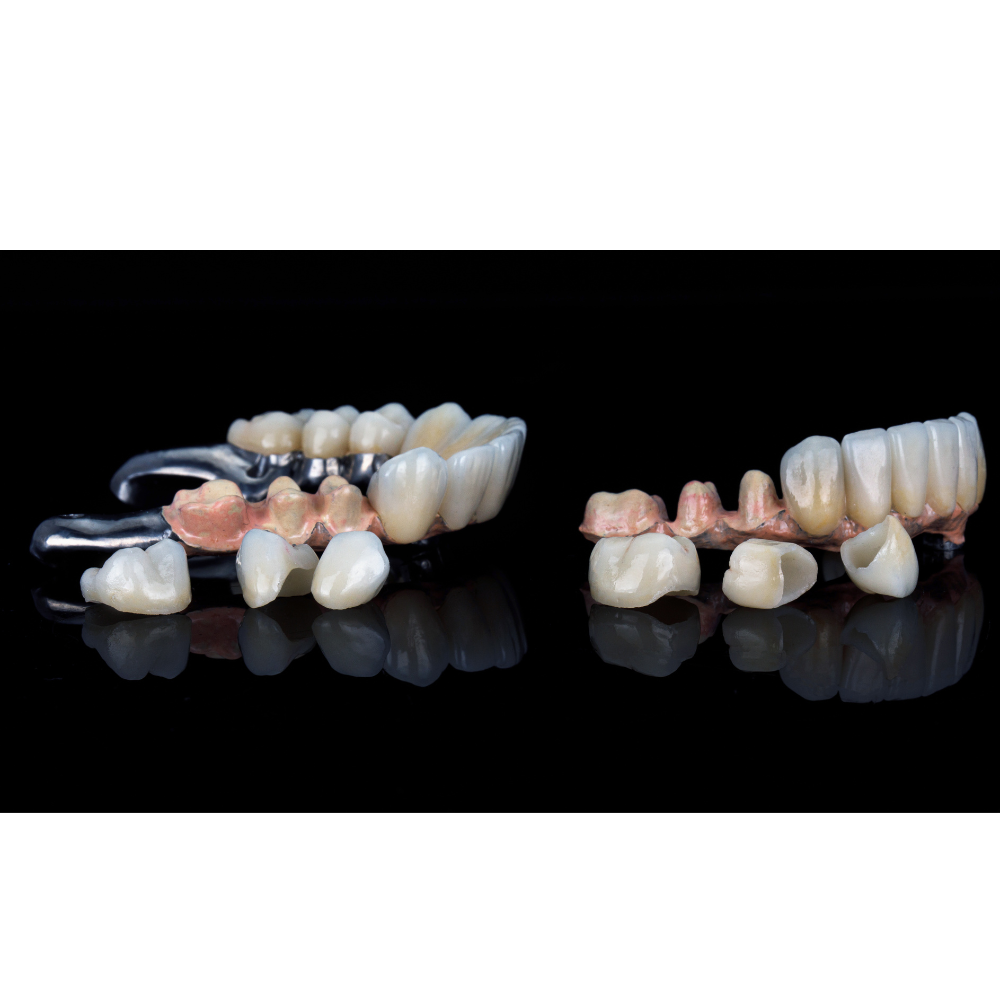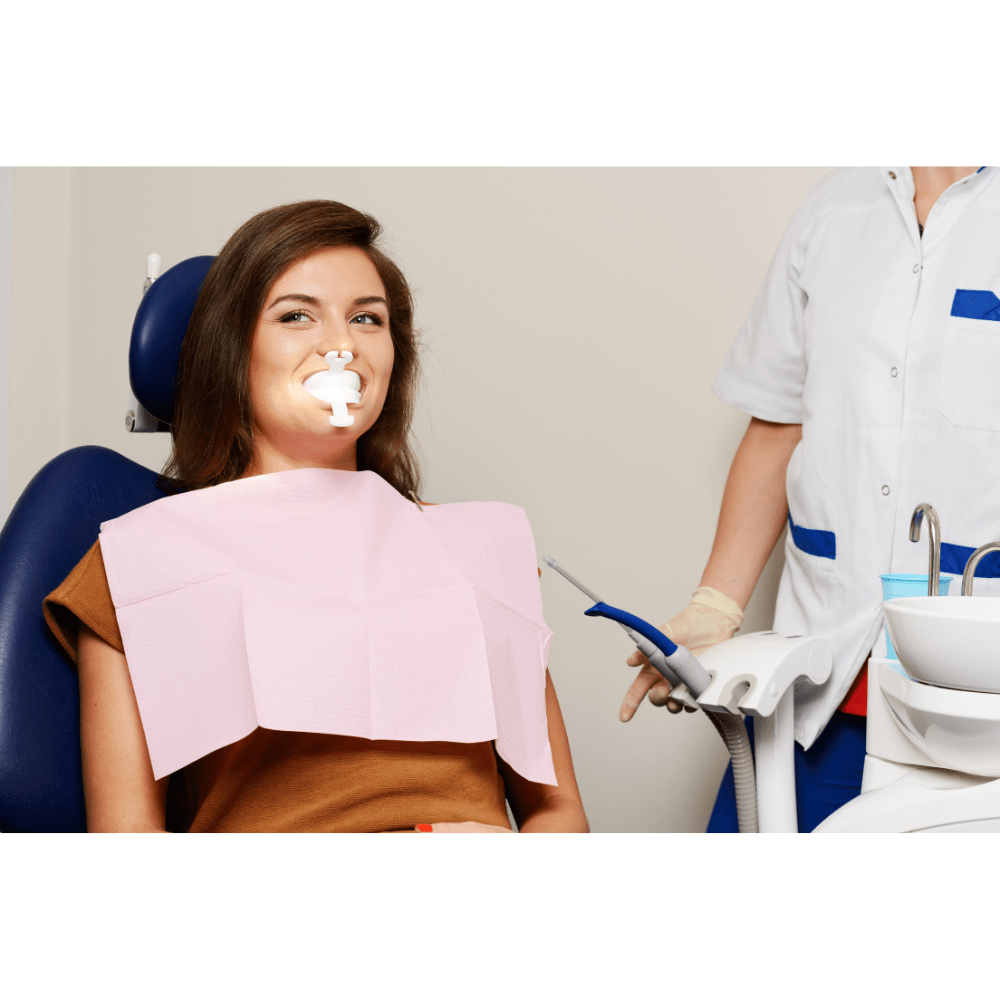Internal Teeth Whitening – Know All About Dental Bleaching
Discolored teeth are a source of self-consciousness that can affect your confidence and willingness to smile. Internal teeth whitening or dental bleaching is a cutting-edge solution to tackle discoloration from within the tooth. It is becoming increasingly popular in the United States due to its effectiveness and reliability.
Let’s discuss the various benefits and considerations related to internal dental bleaching. This article will help you understand the process, its advantages, and whether it’s the right choice for your dental needs. Let’s first discuss what internal dental whitening is.
What is Internal Teeth Whitening
Internal teeth whitening, also known as internal dental bleaching is a procedure used to whiten teeth from the inside out. It clears out the yellowness and darkening. It is specifically designed to treat teeth that have become discolored due to trauma, certain medications, or previous root canal treatments.
How Dental Bleaching Works
Unlike traditional whitening methods, internal whitening involves placing a bleaching agent inside your teeth to remove surface stains. The bleaching agent is left inside the tooth for a few days to a week which allows it to work on the discoloration.
This agent works to lighten the tooth from within which results in a brighter and more uniform appearance. This procedure is effective for teeth that have not responded to conventional whitening treatments.
Internal Whitening Procedure
Access Opening:
To begin the internal whitening procedure, your dentist creates a small opening in the back or top of the tooth with his internal bleaching technique. This allows access to the inner chamber where the bleaching agent will be placed.
Cleaning the Interior:
The inside of the tooth is thoroughly cleaned to remove any debris, old filling material, or remnants of the tooth’s pulp. This ensures the bleaching agent can work effectively.
Application of Bleaching Agent:
A bleaching agent containing hydrogen peroxide or carbamide peroxide is inserted into the tooth’s chamber. Your dentist then temporarily seals the opening to keep the agent in place.
Evaluation and Repeat:
After the waiting period, your dentist evaluates the tooth’s color. If the desired level of whitening has not been achieved, the process can be repeated.
Final Sealing:
Once the tooth reaches the desired shade, the dentist removes the bleaching agent and permanently seals the opening with a filling material. This completes the internal teeth whitening and restores the tooth’s appearance and functionality.

Benefits of Dental Internal Bleaching
- Targets discoloration that originates from within the tooth, which external whitening methods cannot reach.
- Provides noticeable improvements in tooth color often after just one or a few treatments.
- Involves a straightforward procedure that preserves the majority of the tooth structure.
- Enhances the appearance of your smile which boosts self-esteem and confidence.
- Customized to address specific discoloration issues related to trauma, medications, or root canal treatments.
Side Effects of Internal Tooth Bleaching
Some side effects that come with teeth bleaching include,
- Tooth sensitivity.
- Gum irritation.
- Tooth fragility.
- Color mismatch.
- Temporary discomfort.
- Dehydration of the teeth.
- Allergic reactions.
Internal Teeth Bleaching vs. External Teeth Bleaching
| Internal Teeth Bleaching | External Teeth Bleaching |
| Inside the tooth | The surface of the teeth |
| Highly effective for internal discoloration | Effective for surface stains |
| Internal teeth bleaching takes several days to a week per session | Minutes to an hour per session |
| Minimally invasive but requires an opening in the tooth | Non-invasive, applied directly to the tooth surface |
| Generally, more expensive | Less expensive |
Internal Tooth Bleaching | Before and After

Cost of Internal Tooth Bleaching
The cost of internal tooth bleaching in the United States is around $300 per tooth. Some dental insurance plans can cover part of the cost if the procedure is deemed medically necessary, but it is generally considered a cosmetic treatment.
Cost-Effective Alternative Options
The following are some cost-effective alternatives to internal tooth bleaching:
- Professional dental cleanings.
- Whitening mouthwashes.
- Baking soda and hydrogen peroxide.
- Oil pulling.
FAQs
How Long Does Internal Tooth Bleaching Last?
The results of internal tooth bleaching can last for 5 to 7 years. The longevity of the whitening effect depends on factors such as your oral hygiene habits, dietary choices, and whether you smoke.
Does Teeth Whitening Work on Root Canals?
Yes, teeth whitening can work on teeth that have had root canals which is called endodontic bleaching. But it requires internal bleaching. Traditional external teeth whitening methods are usually ineffective for root canal-treated teeth because the discoloration comes from within the tooth.
Is Internal Tooth Whitening Safe?
Yes, internal tooth whitening is considered safe when performed by a qualified dentist. The procedure uses bleaching agents that are specifically formulated for dental use and applied in a controlled manner. However, like any dental procedure, it carries some side effects that are temporary and easily manageable.
What is Root Canal Bleaching?
Root canal bleaching is a dental procedure used to whiten a tooth that has become discolored with a root canal treatment. This method involves placing a bleaching agent inside the tooth to lighten it from within.
Is Internal Teeth Bleaching Permanent?
No, internal teeth bleaching is not permanent. Over time, the tooth will become discolored again, especially if exposed to staining substances. Touch-up treatments can be needed to keep the tooth looking its best.



